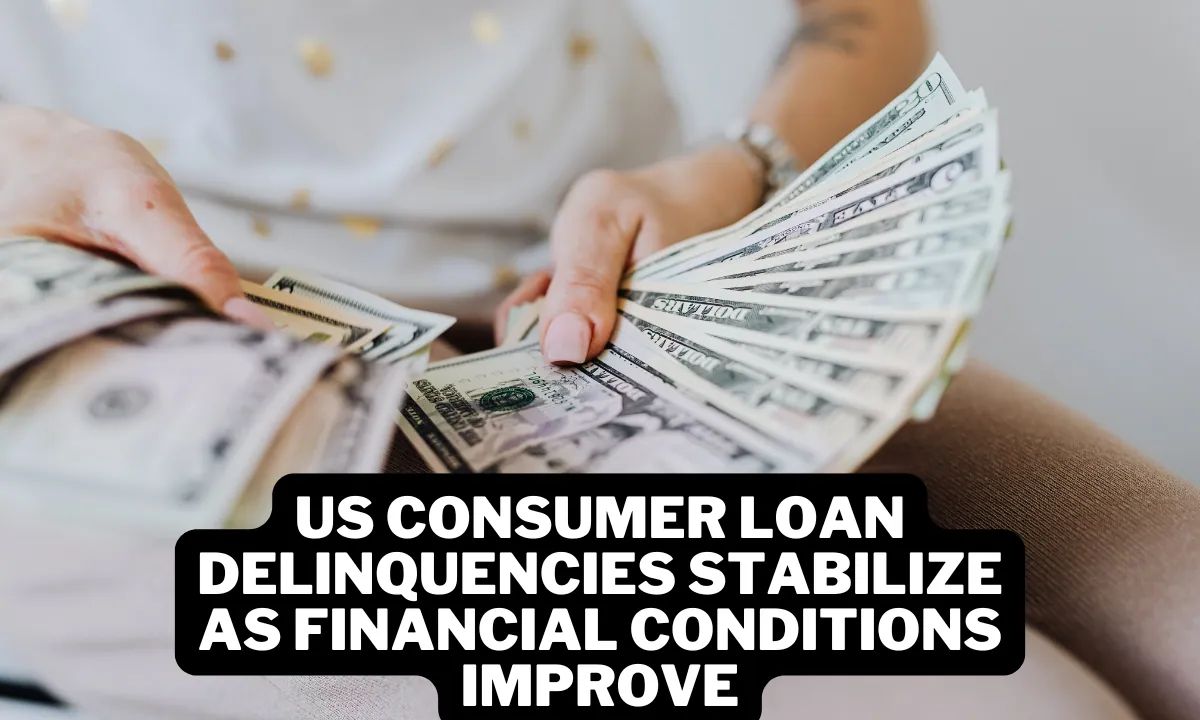U.S. consumers are seeing a stabilization in late payments on credit cards and other loans after a sharp rise earlier this year, according to industry analysts and bankers.
This plateau offers a hopeful outlook, even as the broader financial industry grapples with an increase in credit card loans being written off.
The recent trend suggests that American households are beginning to regain a stronger financial footing, aided by more stringent lending standards and easing inflation.
Mark Zandi, chief economist at Moody’s Analytics, noted, “Tighter underwriting following last year’s banking crisis is yielding positive results, alongside the deceleration in inflation.”
According to data from Equifax, a leading consumer reporting agency, delinquency rates across household liabilities have declined to just over 2% as of August, down from 2.5% in 2019.
Late payments have decreased across several categories, including credit cards, auto loans, personal loans, retail cards, and first mortgages.
Dana Walden’s Vision Drives Disney To Unprecedented Emmy Success
Consumers Bounce Back Despite Net Charge-Off Increases
While delinquency trends are encouraging, U.S. lenders have faced rising net charge-off rates—the amount banks expect to lose on unpaid loans.
Data from the Federal Deposit Insurance Corporation (FDIC) reveals that credit card charge-offs rose to 4.82% in the second quarter, the highest rate seen since 2011.
Despite this, bankers are optimistic that delinquencies are peaking. Citigroup’s Chief Financial Officer Mark Mason remarked, “Delinquencies have picked up, but they’ve started to crest over the last quarter, which is a positive sign.”
Similarly, Bank of America CEO Brian Moynihan shared at a recent conference, “We’re seeing delinquencies flatten on the consumer side, and that’s good news.”
Financial Divergence Between Income Groups
For months, financial executives have pointed out a divergence in how different consumer groups are managing their finances.
Lower-income customers and those with weaker credit scores are facing more challenges, shifting their spending away from discretionary purchases toward essential items like household staples.
Mason also emphasized this divide, stating, “Those with lower credit scores are adjusting their spending habits to focus on necessities, which reflects the financial strain they’ve faced.”
However, not all segments of the population are struggling equally. JPMorgan Chase President Daniel Pinto commented that overall, the consumer market remains solid: “The consumer is still in a solid place,” he said.
Easing Inflation and Rate Cuts Could Help Borrowers
U.S. inflation has been easing in recent months, with expectations building that the Federal Reserve may cut interest rates by 25 basis points in its September meeting.
A reduction in rates could bring relief to borrowers with variable interest loans, lowering their repayment obligations, according to Susan Fahy, executive vice president at VantageScore, a credit score modeling firm.
Fahy noted, “Rate cuts would help many consumers by reducing the burden of their monthly payments, particularly for those holding variable-rate debt.”
Optimism for the Third Quarter
Banks are already projecting a decline in net charge-offs for the third quarter. Wells Fargo, which saw credit card loan charge-offs rise to $72 million in the second quarter (from $57 million in the first quarter), expects these numbers to taper off in the coming months.
“Overall, the consumer is feeling fine,” said Michael Santomassimo, Wells Fargo’s CFO. “We expect credit card charge-off rates to slowly come down by the third quarter.”
Signs of Financial Stability as Delinquencies Peak
While consumer delinquencies could still fluctuate based on broader economic factors, analysts and bankers are hopeful that the worst may be over.
Mark Zandi of Moody’s Analytics believes that delinquencies are likely reaching their peak, provided that the economy and labor market remain stable.
The combination of tighter lending standards, easing inflation, and the potential for lower interest rates provides optimism for consumers and lenders alike.
As Americans regain financial stability, the industry is looking toward a smoother path ahead, with delinquencies leveling off and charge-offs expected to decline.
In an evolving financial landscape, U.S. consumers may finally be finding their footing, setting the stage for a more resilient economy moving forward.
